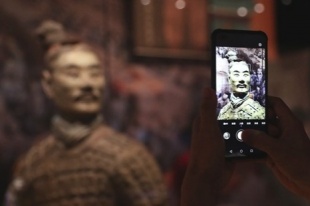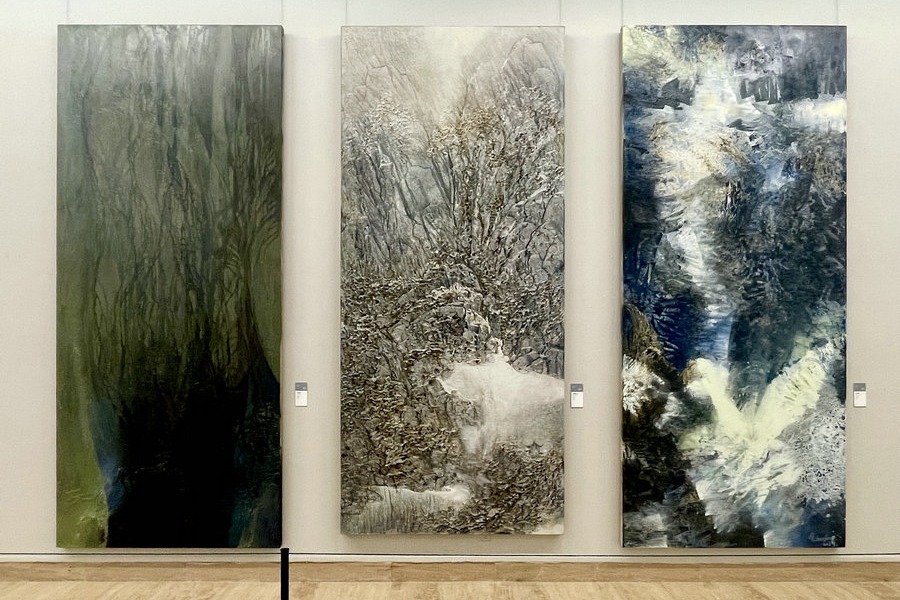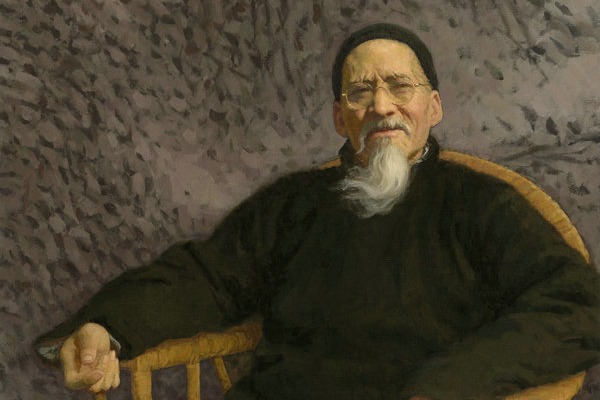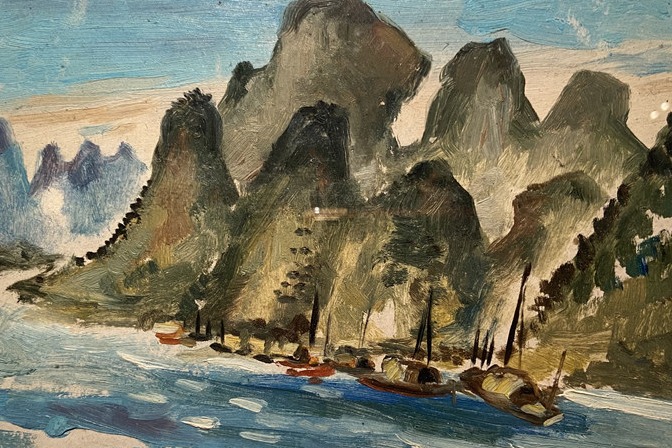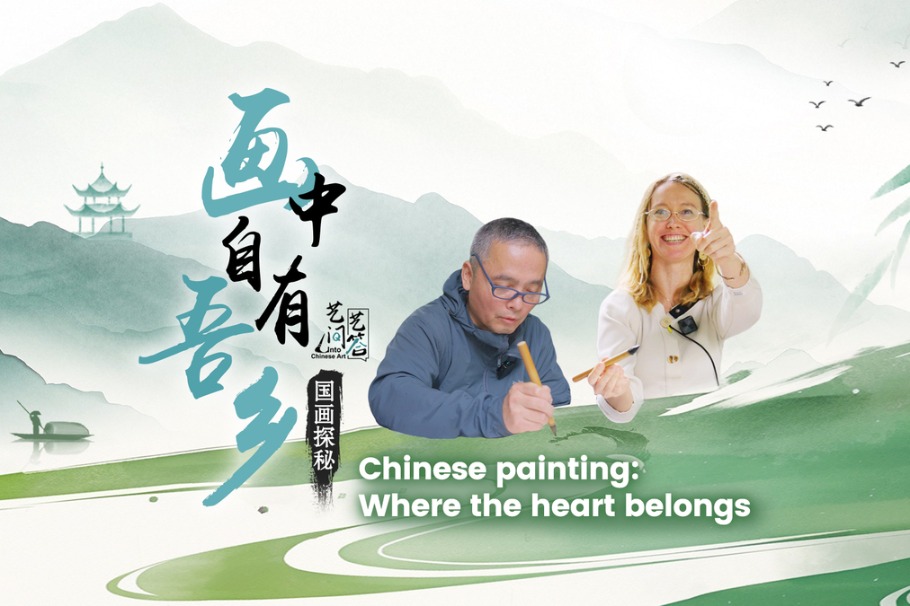The magic of conservation


A bronze container of gui at the entrance of the gallery is one such example. Dating back to the Western Zhou Dynasty (c. 11th century-771 BC), this Earl of Hao Cuo vessel is just 21 centimeters high. Its diameter is less than 30 cm.
"Its appearance may not be that outstanding," Zhou says. "But it shows how people have pulled together to save it."
This artifact was recorded in a book on antique bronzeware from the Northern Song Dynasty (960-1127). Though greatly admired as a treasure about a millennium ago, its destiny seemed to condemn it to obscurity.
When it was rediscovered in 1978, broken fragments of the precious vessel were nearly processed as waste at a recycling station on the outskirts of Beijing.
But the alarm was raised as piece after piece was retrieved, thanks to people's patience in rummaging amid the waste. The restorers' delicate skills ensured that it was made whole once more and able to be admired. Now, it is in the collection at the Capital Museum.
Other exhibits had similar destinies. In 2001, a Tang Dynasty (618-907) tomb was found on a college campus in Xi'an, Shaanxi province. During that period, of course, it was the national capital Chang'an. The epitaph indicates the tomb's occupant was Li Chui, the fifth-generation granddaughter of Li Yuan, founder of the dynasty. She had died in labor.
A crown still on her remains retained its sheen, but tiny decorative pieces seemed to be too fragile to be touched, as indicated by pictures taken at the time. To fully reveal its structure, restorers moved the artifact to the laboratory and gradually uncovered the buried pieces by scrupulously cleaning one layer of earth after another in a long, drawn-out process.


